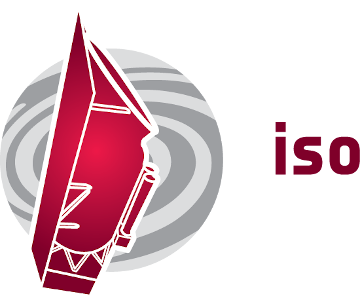| Description |
a spiral galaxy can be transformed into a ring galaxy by the passage of a companion through its disk along the rotation axis. this collision creates a series of ring shaped regions in the disk where the orbits of stars and gas crowd together. the very large gas densities of the rings can trigger highly extended (d = 20-40 kpc) and sustained starburst activity. ring galaxies offer a privileged view of a starburst operating in regions with little past history of star formation, where confusion with nuclear emission is eliminated, and where a direct star formation trigger - the large orbit crowded ring - is obvious. moreover, the bursts age can be directly determined from their kinematics. we wish to use isos lws to measure the fir line and continuum emission for a sample of ring galaxies, selected for their high star formation rates and the availability of complimentary data. using line flux ratios, line to continuum ratios, and the fir continuum spectral energy distributions, we will derive average properties of the star forming ism (e.g., total mass, density, temperature, and the radii, masses, and collisional rates of clouds), hii regions (temperature, densities), dust, and the ambient uv radiation field. we will be able to see how the derived properties depend on other global observables in these systems (e.g., ring diameter, sfr, & ring amplitude). for the largest ring galaxies in our sample, we will be able to probe the star forming ism in different parts of the rings, allowing us to see how changes in ring properties affect star formation. ring galaxies provide the clearest possible view of the starburst process. combined with ongoing hi, millimeter wave, nir, and optical observing programs, as well as detailed modeling, the proposed iso observations will help refine our understanding of intense star formation in these and other systems. |

